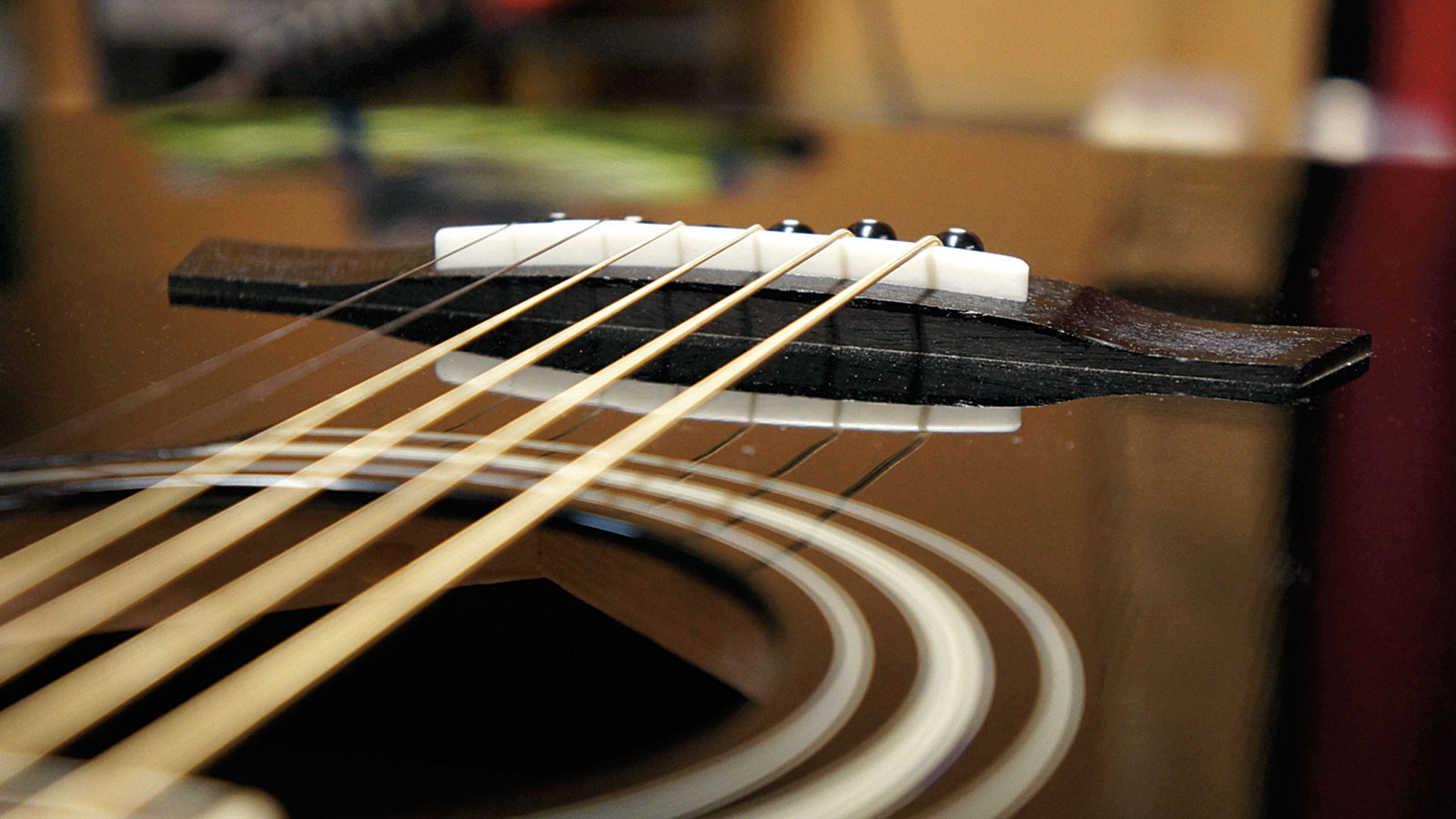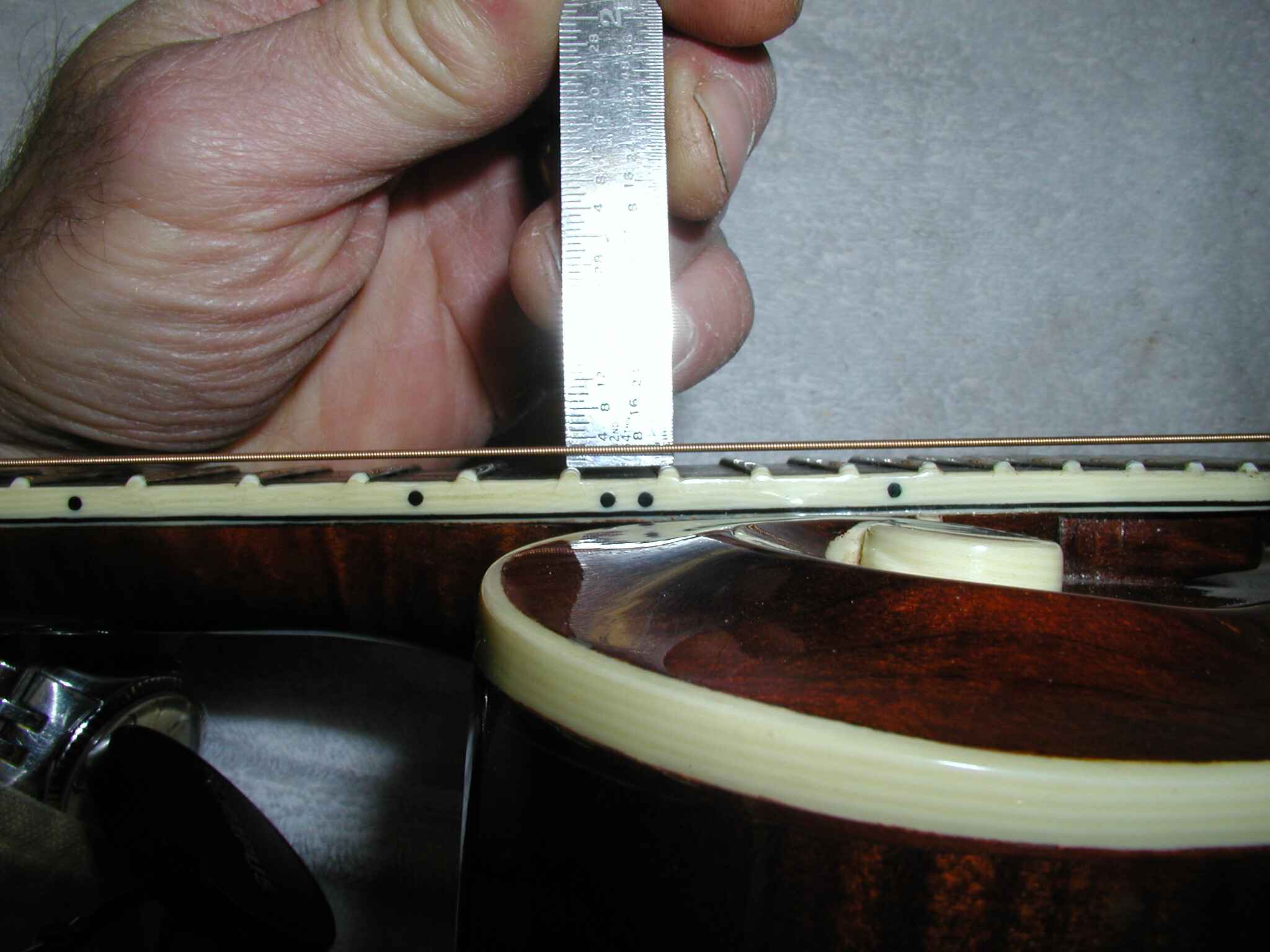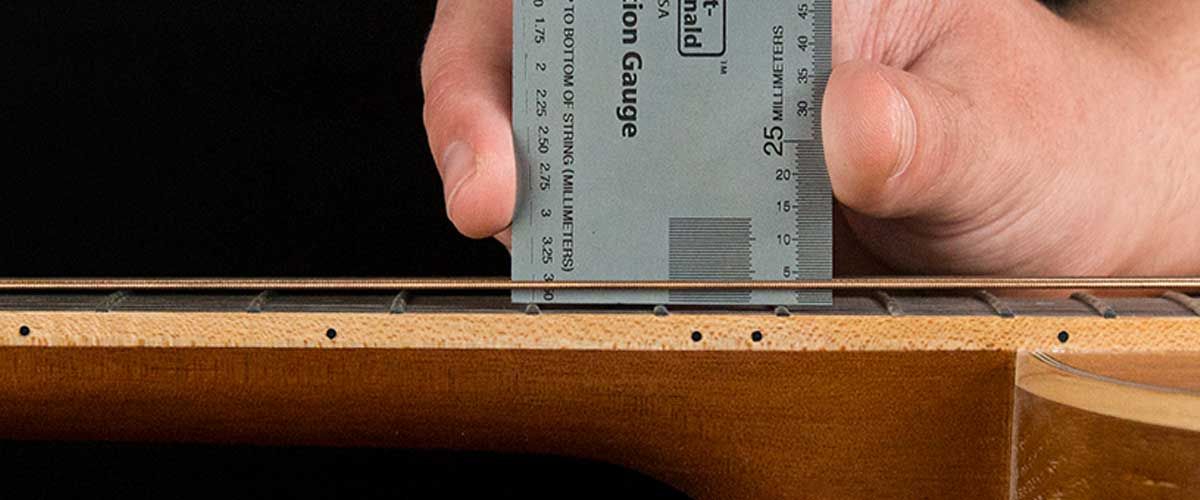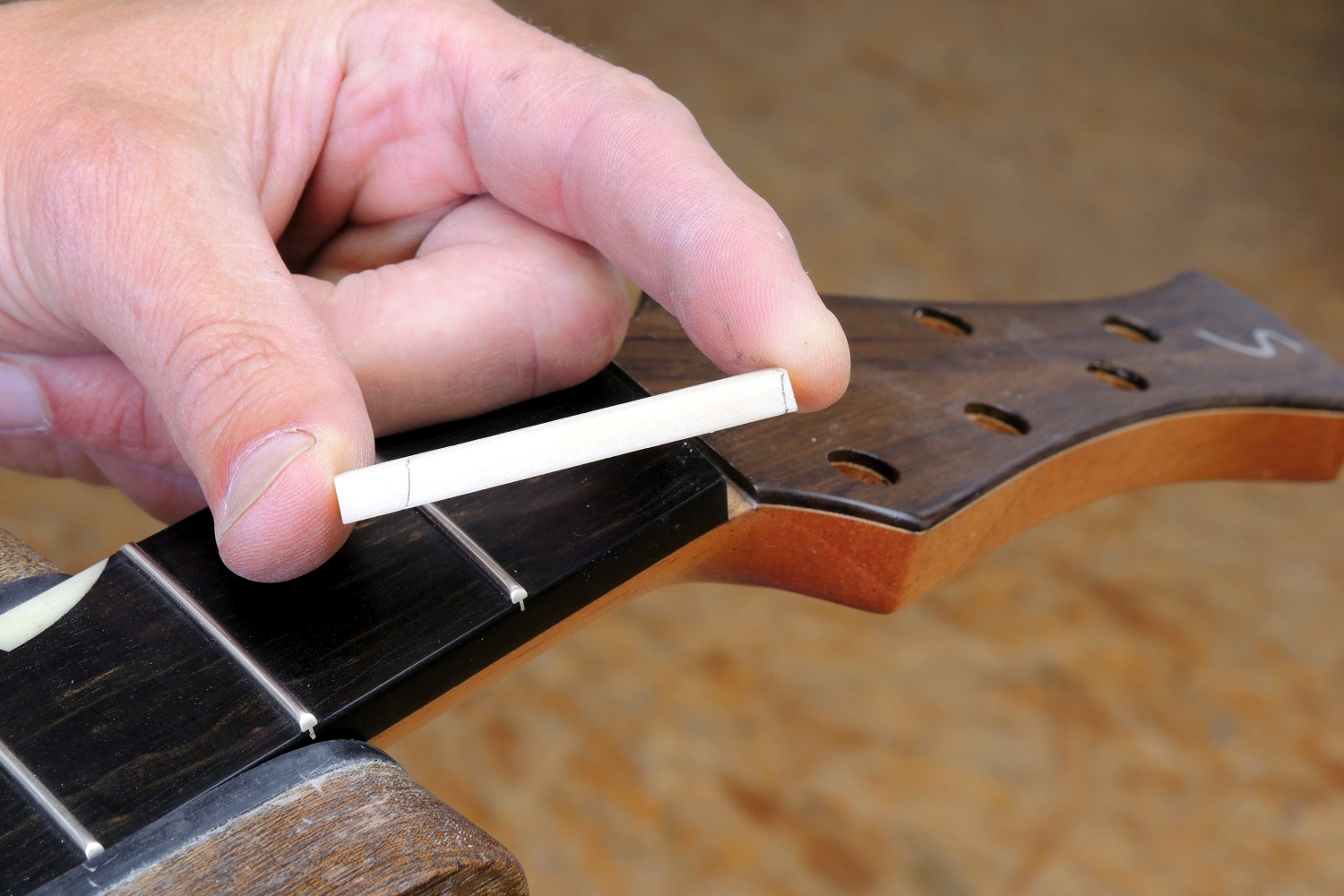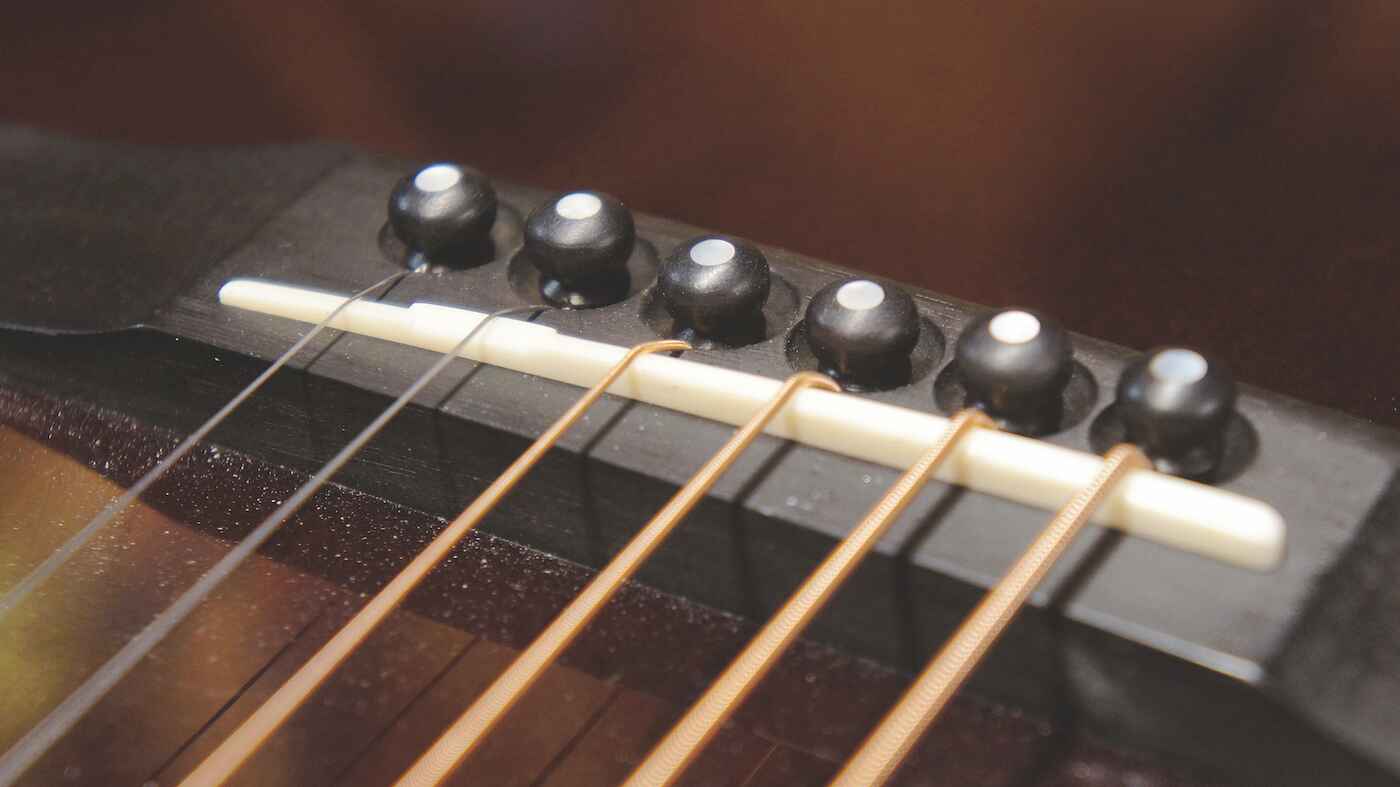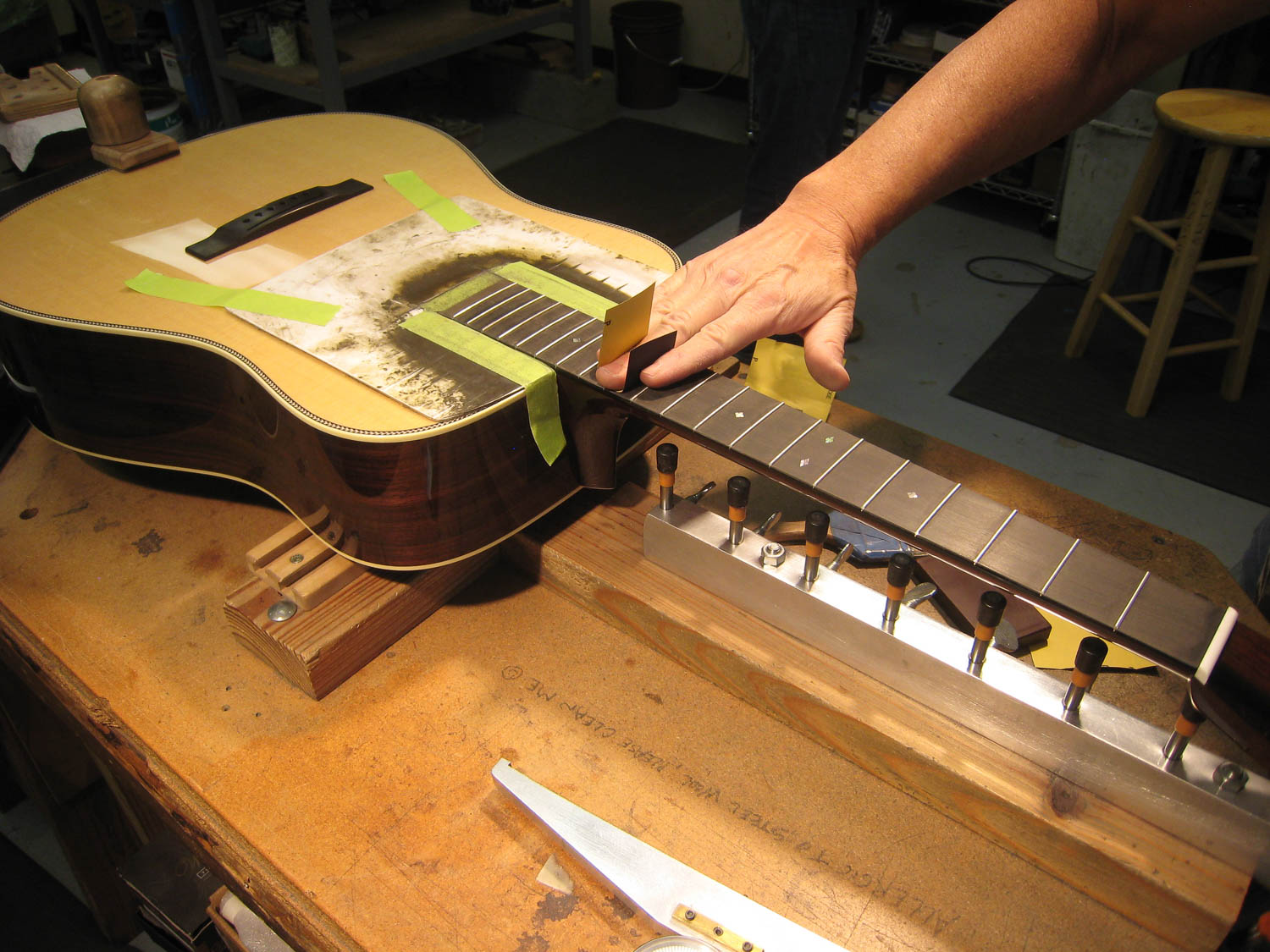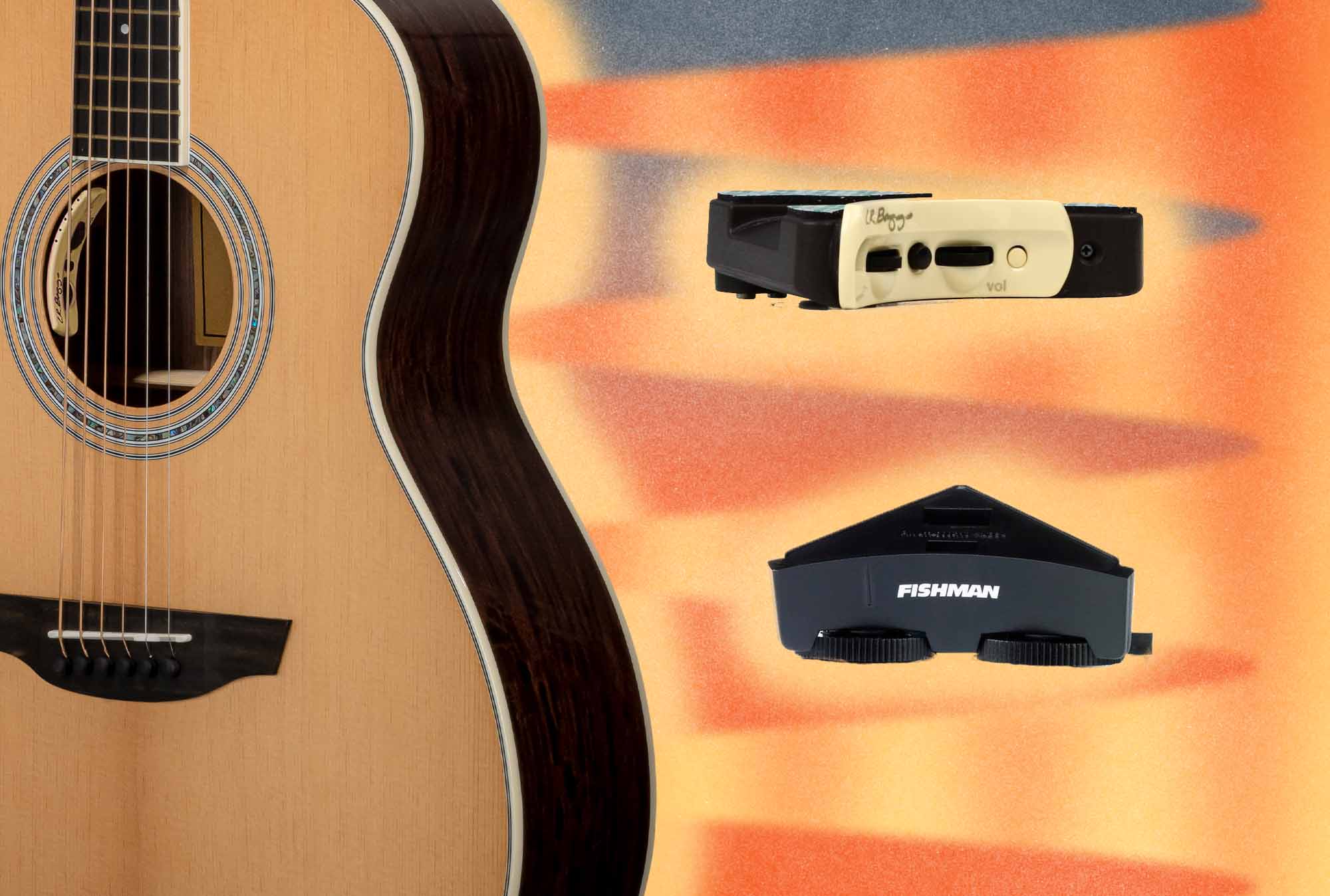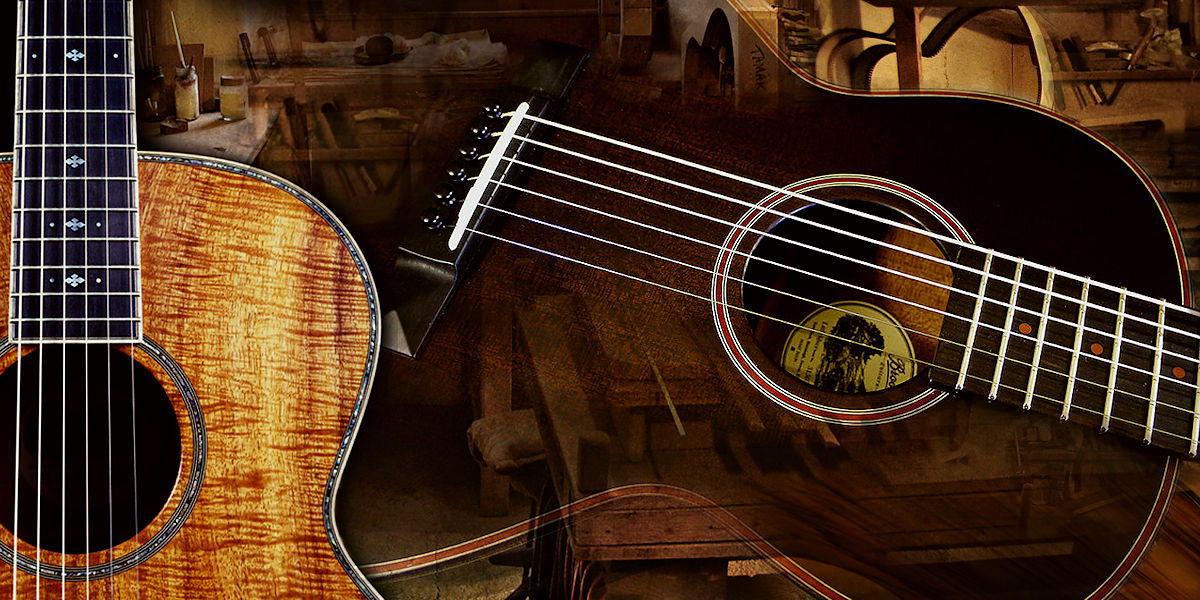Introduction
Understanding the Importance of String Height for Your Acoustic Guitar
When it comes to playing the acoustic guitar, the string height, also known as the action, is a critical factor that significantly influences playability and sound quality. The string height refers to the distance between the strings and the fretboard. It plays a vital role in determining how effortlessly you can press down the strings to produce clear notes and chords, as well as the overall comfort and enjoyment of playing your instrument.
Whether you’re a seasoned guitarist or a beginner, the string height of your acoustic guitar directly impacts your playing experience. It affects not only the ease of fretting and bending strings but also the resonance, sustain, and intonation of the instrument. Achieving the proper string height is essential for optimizing playability and ensuring that your guitar produces a rich, balanced tone.
Throughout this article, we’ll delve into the significance of string height, explore the methods for measuring and adjusting it, and provide recommendations to help you achieve the ideal string height for your acoustic guitar. By understanding the nuances of string height and its impact on your playing, you can enhance your musical journey and elevate your performance on the acoustic guitar.
Understanding the Significance of String Height
String height is a crucial aspect of an acoustic guitar’s setup, directly influencing the instrument’s playability and tonal characteristics. Here’s why the string height holds such importance:
- Playability: The string height significantly impacts how easy or difficult it is to press down the strings against the frets. Proper string height ensures that the strings are not too high above the frets, allowing for comfortable fretting and smooth transitions between chords and notes.
- Tonal Quality: The height of the strings affects the energy transfer from the strings to the guitar’s body, influencing the instrument’s resonance and overall tone. Optimal string height contributes to a balanced, full-bodied sound with good sustain and clarity.
- Intonation: Correct string height is essential for maintaining accurate intonation across the fretboard. Improper string height can lead to notes sounding sharp or flat, particularly when playing higher up the neck. This can impact the overall tuning stability and musicality of the instrument.
- Comfort: A well-adjusted string height enhances the comfort and ergonomics of playing the guitar, reducing finger fatigue and allowing for longer, more enjoyable practice sessions and performances.
Considering these factors, it becomes evident that the string height is not merely a technical specification but a fundamental element that directly influences the playability and sonic characteristics of an acoustic guitar. Understanding the importance of string height empowers guitarists to make informed decisions regarding their instrument’s setup, leading to a more rewarding playing experience and improved musical expression.
Measuring String Height
Accurately measuring the string height is essential for assessing the current setup of your acoustic guitar and determining whether adjustments are necessary. Here are the key methods for measuring string height:
- Using a Ruler or Feeler Gauge: One common approach involves measuring the distance between the bottom of the strings and the top of the 12th fret. This measurement is typically expressed in millimeters or inches. A precision ruler or feeler gauge can be utilized to obtain accurate readings.
- Tracing Paper Method: Placing a thin sheet of tracing paper between the strings and the frets allows for a visual assessment of the string height. By noting the level of indentation on the paper, you can gauge the distance between the strings and the frets.
- Capo and Ruler Technique: Using a capo to fret the strings at the first fret and a ruler to measure the string height at the 6th or 12th fret provides a reliable indication of the current action.
Regardless of the method employed, it’s crucial to measure the string height at multiple points along the fretboard, particularly at the 1st, 6th, and 12th frets, to ensure a comprehensive understanding of the instrument’s setup.
While these measurement techniques provide valuable insights into the current string height, it’s important to consider the manufacturer’s recommended specifications for your specific guitar model. This information can serve as a valuable reference point when evaluating and adjusting the string height to achieve optimal playability and tonal characteristics.
Recommended String Height
When it comes to determining the ideal string height for an acoustic guitar, it’s essential to strike a balance between playability and tonal quality. While individual preferences and playing styles can influence the specific string height that feels most comfortable, there are general guidelines that can serve as a helpful starting point for achieving an optimal setup.
For most acoustic guitars, the recommended string height at the 12th fret typically falls within the range of 3-3.5mm on the bass side and 2-2.5mm on the treble side. This measurement is taken from the bottom of the strings to the top of the 12th fret, reflecting the distance between the strings and the fretboard at this critical point along the neck.
It’s important to note that these measurements are not rigid standards but rather flexible guidelines that can be adjusted based on personal playing preferences and the specific characteristics of the guitar. Factors such as string gauge, neck relief, and playing style can all influence the ideal string height for an individual guitarist.
Ultimately, the recommended string height serves as a valuable reference point, offering insight into the balance between comfortable playability and desirable tonal attributes. Experimenting with slight adjustments to the string height can help guitarists fine-tune their instrument’s setup to align with their unique playing style and sonic preferences, ultimately enhancing their overall musical experience.
Adjusting String Height
Adjusting the string height on an acoustic guitar involves making precise alterations to the instrument’s setup to achieve the desired action. Here are the primary methods for adjusting string height:
- Truss Rod Adjustment: The truss rod, located within the neck of the guitar, can be adjusted to control the amount of relief, or curvature, in the neck. This adjustment can influence the overall string height and playability of the instrument.
- Saddle Adjustment: The saddle, situated in the bridge of the guitar, can be carefully filed or replaced to lower or raise the string height. This method allows for fine-tuning the action to suit individual playing preferences.
- Nut Adjustment: Modifying the nut slots can impact the string height at the lower end of the fretboard. Ensuring that the nut slots are properly filed to accommodate the chosen string gauge is essential for maintaining an appropriate action at the first fret.
It’s important to approach these adjustments with care and precision, as they directly influence the playability and tonal characteristics of the guitar. Making gradual changes and periodically reassessing the string height throughout the adjustment process can help in achieving the desired setup without compromising the instrument’s structural integrity.
Additionally, seeking the guidance of a qualified guitar technician or luthier can be beneficial, especially for those who are less experienced with instrument setup and maintenance. Professional assistance ensures that the adjustments are executed accurately and in a manner that preserves the instrument’s overall functionality and playability.
By understanding the various methods for adjusting string height and approaching the process with patience and attention to detail, guitarists can tailor their instrument’s setup to suit their individual playing style and preferences, ultimately enhancing their musical expression and enjoyment.
Conclusion
Understanding the intricacies of string height and its impact on the playability and tonal characteristics of an acoustic guitar is essential for every guitarist, whether novice or experienced. By recognizing the significance of achieving the proper string height, musicians can optimize their instrument’s setup to enhance their playing experience and musical expression.
Measuring the string height using reliable techniques and understanding the recommended specifications provides valuable insights into the current setup of the guitar and serves as a foundation for making informed adjustments. It’s crucial to approach the process of adjusting the string height with care and precision, considering the interplay between the truss rod, saddle, and nut adjustments to achieve the desired action without compromising the instrument’s integrity.
Ultimately, the recommended string height serves as a valuable reference point, offering insight into the balance between comfortable playability and desirable tonal attributes. Experimenting with slight adjustments to the string height can help guitarists fine-tune their instrument’s setup to align with their unique playing style and sonic preferences, ultimately enhancing their overall musical experience.
By delving into the world of string height and its role in shaping the acoustic guitar’s playability and tonal characteristics, guitarists can cultivate a deeper understanding of their instrument and unlock new levels of musical creativity and expression. Embracing the process of optimizing string height empowers musicians to tailor their instrument to suit their individual preferences, ultimately enriching their musical journey and performance on the acoustic guitar.







